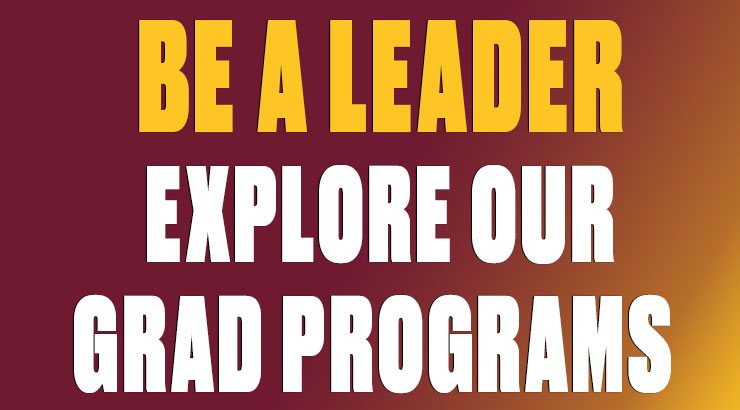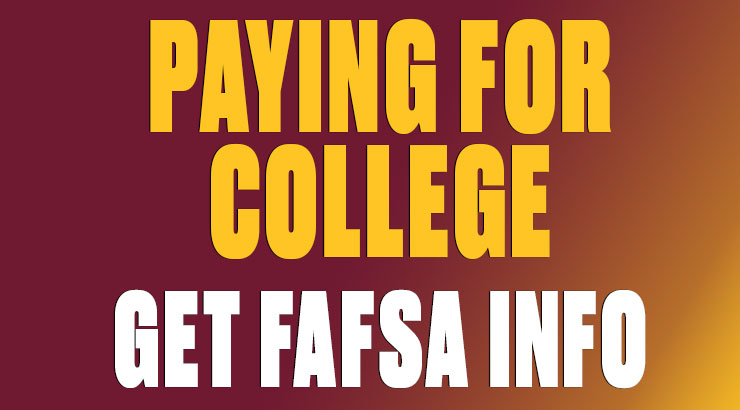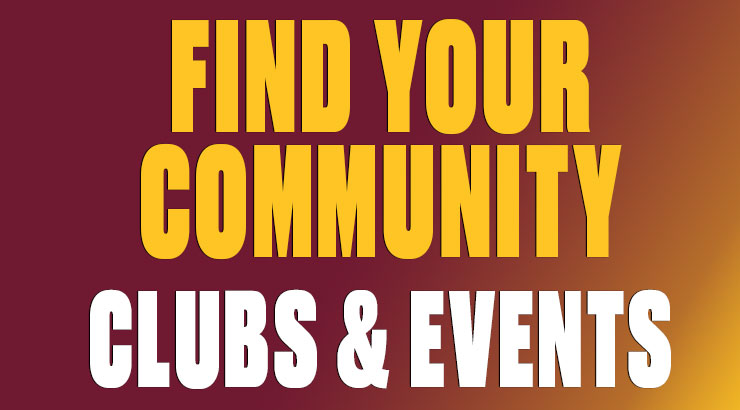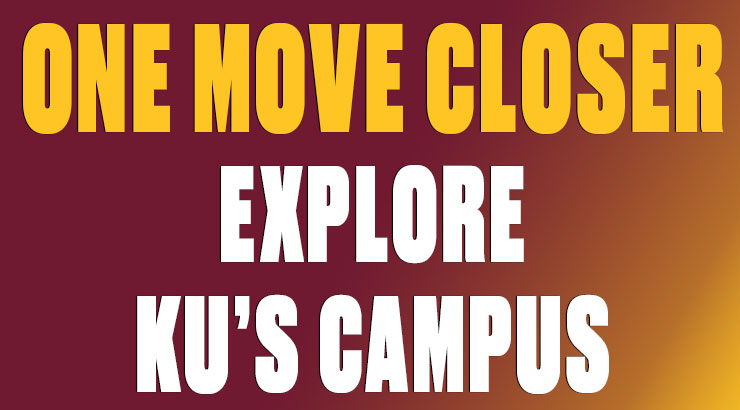The SQ4R reading system is designed to help process and increase retention of written information, the SQ4R method consists of 6 steps that help to guide you through your textbook and other written information. One drawback to this method is that it adds time to what you normally set aside for reading your textbooks. The end benefit is increased understanding of written material and more efficient studying.
Survey
Scan the textbook or written material to establish its purpose and/or to get the main ideas. This can include skipping to the summary at the end of a chapter and reading the main points and looking at the questions. The purpose of this is to get a “big picture” idea of what the material is about. While surveying the material look at:
- Titles and Headings – these indicate the main topics and concepts
- Pictures, questions, bold or italicized print – these emphasize important information
- Introduction and Conclusion – may summarize the topics and the purpose of the material
- Footnotes – the may provide extra information for your benefit
Question
Before reading the material create questions based on what you observed during the first step. These questions can be based on:
- Titles and Headings
- Pictures and bold or italicized print
- Introduction and Conclusion
- Footnotes
- First sentence of a paragraph
For example, the title “The First Law of Thermodynamics” can become “What is the first law of thermodynamics?”
Read
Actively read the text, meaning do not skim through it or passively glance it over. In this step you are trying to find the answer to your questions. One important point on this step is to make sure you are not trying to find the answer only. This may cause you to miss out on other important information.
Recite
Now can you answer your question(s) in your own words? Can you answer your question in the words your instructor would use (such as on a test)? If you can't, then reread the material to find the answer or to determine if you need to change the question.
You are rehearsing for the time when you will need to know the answer. A good technique for rehearsing the answers is to briefly jot down the key word or words that will remind you of the essence of the answer without writing down every detail that you can never remember anyway
Record
Once you know the material and are able to answer the question(s), the next step is to record what you have learned. This can be done in multiple ways and is based on your preference: a. Highlighting the information b. Make notes in the margins c. Take notes on a separate piece of paper d. A combination of these
Review
Reviewing the material on a consistent basis is an effective study strategy that is often overlooked. Many students will review the material once or twice before an exam, but not on a weekly basis leading up to it. It is best to review the material weekly as it will help you remember more of the information longer. This means that you are reviewing what you already know versus relearning the material before an exam. This can also have other positive benefits such as decreased study time before an exam and increased confidence because you already know the material.
Feel free to customize this system to meet your own needs and the needs of a particular class or text. The SQ4R system works particularly well for courses where much of the information for quizzes and exams comes from the text, and you must know and understand a lot of detail.






